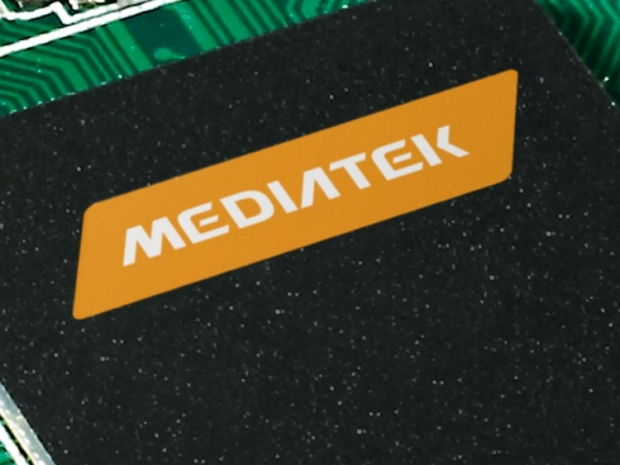The Helio X25 and X20 are 20nm products and they are doing a great job in the performance market but they cannot defeat high end SoCs such as Snapdragon 820 or Exynos 8890. Helio X25 is 20nm while the Snapdragon 820 and the Exynos 8890 are 14nm. MediaTek never went in for the cutting edge manufacturing process as it was too expensive.
But it looks like that will change in 2017. The Helio X30 and X35 will fight the Snapdragon 830 and its wingman chip and it looks like Qualcomm and MediaTek will use the same 10nm.
Qualcomm might stick with its Kryo technology shrunk down to 10nm from 14nm while MediaTek is expected to use two Cortex A73 and two clusters of four Cortex-A53. At the Mobile World Congress, MediaTek's Chief Technology Officer Kevin Jou confirmed to Fudzilla that the company plans to stick with ARM cores. MediaTek believes that the investment to make a custom ARM based core is too expensive and it doesn’t make enough difference.
Qualcomm and Samsung do develop their high end SoCs with custom ARM based cores, as this is the only way to make a big difference to its competitors. The fact that MediaTek plans to use 10nm FinFET at the same time as other manufacturers marks a big change in the company's mobile strategy.
Meizu, LeECO and a few other big manufacturers used the Helio X25 and it looks that Helio X25 and X20 did better than Snapdragon 650 and 652. Both were based on Cortex A72 with Cortex A53 cores.
We will see if the new strategy will make the Helio high end chips more attractive to others.




